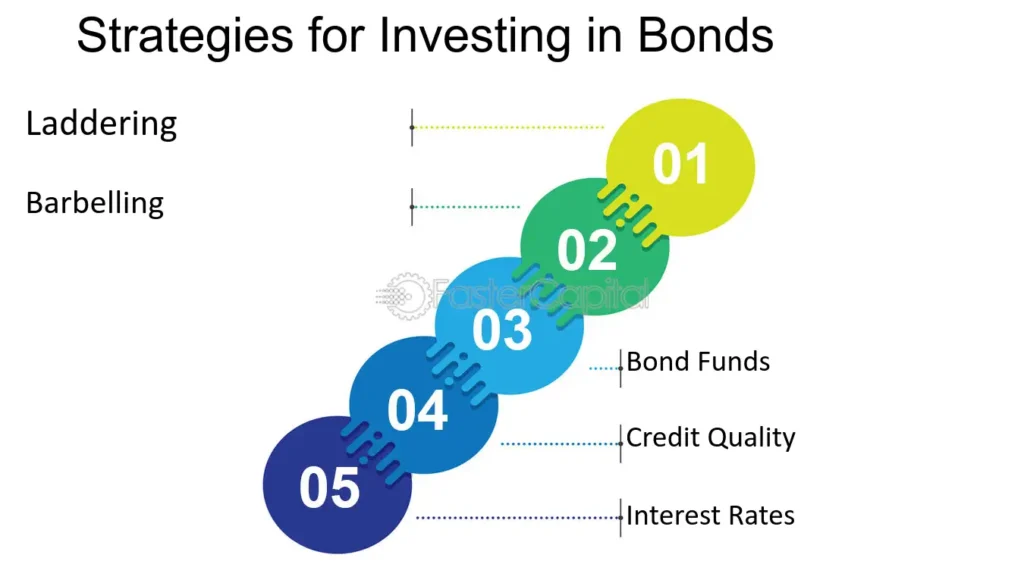When it comes to building a solid investment portfolio, bonds are often seen as a safer and more stable option compared to stocks. Among the most popular and trusted bond investments are U.S. government bonds, often seen as a “safe haven” for conservative investors. In this guide, we’ll explore the pros and cons of investing in U.S. bonds, specifically focusing on what makes them a viable option for your investment strategy.
Whether you’re new to investing or an experienced investor looking to add more stability to your portfolio, understanding the benefits and drawbacks of U.S. bonds is crucial. Let’s dive into the details.
What Are U.S. Bonds?
Before we explore the pros and cons, it’s important to understand what U.S. bonds are. U.S. government bonds are debt securities issued by the federal government to raise funds for various public initiatives, such as infrastructure, healthcare, and national defense. When you invest in U.S. bonds, you are essentially lending money to the government in exchange for regular interest payments (known as the coupon rate) and the return of the principal amount at maturity.
There are several types of U.S. bonds, including:
- Treasury Bonds (T-Bonds): Long-term bonds with maturities of 10 years or more.
- Treasury Notes (T-Notes): Intermediate-term bonds with maturities of 2 to 10 years.
- Treasury Bills (T-Bills): Short-term securities with maturities of one year or less.
- Savings Bonds: Non-marketable bonds sold to individuals that are backed by the U.S. government.
Pros of Investing in U.S. Bonds
1. Safety and Stability
One of the biggest advantages of investing in U.S. bonds is their safety. U.S. government bonds are considered to be one of the safest investments available because they are backed by the “full faith and credit” of the U.S. government. In other words, the government has never defaulted on its debt obligations, making these bonds extremely low-risk.
For conservative investors or those approaching retirement, the security of U.S. bonds can offer peace of mind, knowing that their principal is virtually guaranteed.
2. Predictable Income
Bonds provide a predictable source of income. The U.S. government pays interest on bonds at regular intervals (usually every six months), making them an attractive option for income-focused investors. This steady income stream can be particularly beneficial for retirees who need reliable cash flow to cover living expenses.
Moreover, U.S. bonds are available in different maturities, allowing you to choose the length of time over which you receive interest payments. This flexibility ensures that you can tailor your bond investments to suit your specific financial goals.
3. Diversification
Adding U.S. bonds to your portfolio can help diversify your investments and reduce overall risk. While stocks tend to be more volatile, bonds typically have a lower correlation with the stock market. This means that when stock prices fall, bond prices often remain stable or even rise, providing a hedge against market downturns.
Diversification is crucial for a well-rounded investment strategy, and U.S. bonds are an excellent way to balance risk and return in your portfolio.
4. Tax Advantages
Certain types of U.S. bonds offer tax advantages, making them even more appealing to investors. For example, interest earned from Treasury bonds is exempt from state and local taxes. Additionally, some bonds, such as municipal bonds (issued by state and local governments), may provide federal tax exemptions, depending on the bond type and your tax bracket.
Tax-efficient investing can help you keep more of your investment returns, and U.S. bonds can play a key role in this strategy.
5. Liquidity
U.S. government bonds are highly liquid, meaning you can buy or sell them with ease on the secondary market. Treasury bonds, notes, and bills are actively traded, which means there’s always a buyer or seller available if you decide to liquidate your position before the bond matures.
This makes U.S. bonds a good option for investors who may need access to their money in the future but still want the benefits of bond investing.
Cons of Investing in U.S. Bonds
1. Lower Returns Compared to Stocks
While U.S. bonds are considered a safe investment, they typically offer lower returns compared to stocks. The primary reason for this is that bonds are less risky than stocks, so investors accept lower returns as compensation for the lower level of risk.
If you’re looking to achieve higher returns, especially in the long term, U.S. bonds may not be the best option. Stock investments tend to outperform bonds over extended periods, making them more attractive for growth-oriented investors.
2. Interest Rate Risk
One of the biggest risks of investing in U.S. bonds is interest rate risk. When interest rates rise, bond prices tend to fall. This is because newly issued bonds with higher interest rates become more attractive, reducing the demand for existing bonds with lower rates.
If you invest in long-term bonds, you may be particularly vulnerable to interest rate increases. While you’ll continue to receive interest payments, the market value of your bonds may decrease if interest rates rise, potentially resulting in a loss if you sell before maturity.
3. Inflation Risk
Another risk of investing in U.S. bonds is inflation risk. If inflation rises, the real purchasing power of the interest payments you receive from bonds declines. For example, if inflation is higher than the interest rate on your bond, the real value of your return is negative.
While U.S. bonds provide a fixed return, they don’t offer protection against inflation unless you invest in Treasury Inflation-Protected Securities (TIPS), which are specifically designed to combat inflation.
4. Lower Yield in a Low-Interest Rate Environment
In a low-interest-rate environment, the yields on U.S. bonds tend to be lower. This means that the income generated from bond investments may not be enough to keep pace with inflation or provide the returns you need to meet your financial goals.
For investors seeking higher yields, alternative investments such as dividend-paying stocks or corporate bonds may offer better opportunities. U.S. bonds, while safe, can be less attractive in a low-interest-rate environment.
5. Lack of Capital Appreciation
Unlike stocks, which can appreciate in value over time, bonds don’t typically offer significant capital appreciation. The value of a bond is determined by the interest payments it provides and the return of principal at maturity. While some bond prices may fluctuate based on market conditions, they rarely experience the type of growth that stocks can provide.
If you’re seeking long-term growth through capital appreciation, stocks or other investments may offer more potential than bonds.
Conclusion
Investing in U.S. bonds offers a range of benefits, including safety, predictable income, and tax advantages. However, like all investments, they come with drawbacks, such as lower returns, interest rate risk, and inflation risk. Whether U.S. bonds are a good fit for your portfolio depends on your financial goals, risk tolerance, and investment strategy.
If you’re looking for stability, diversification, and predictable income, investing in U.S. bonds can be an excellent choice. However, if you’re aiming for higher returns and growth, you may need to consider complementing your bond investments with stocks or alternative assets.
Ultimately, understanding the pros and cons of U.S. bonds and how they align with your financial goals is key to making informed investment decisions.


